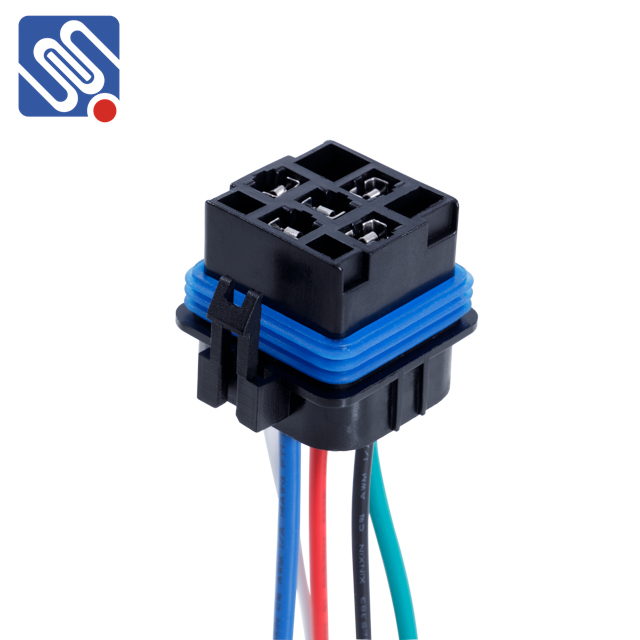Relay connectors are integral components in modern electrical systems, used to establish reliable connections between relays and other electrical circuits. They provide the necessary link that ensures the smooth transmission of signals from a control circuit to a load circuit, while also providing isolation to protect sensitive components. In this article, we will explore the significance, types, specifications, and applications of relay connectors, shedding light on their crucial role in the electrical and automation industries.

What Are Relay Connectors? Relay connectors are designed to facilitate the connection of relays with external circuits. A relay is an electrically operated switch that uses a low-power control signal to operate a higher-power load circuit. It essentially allows a small current to control a larger one, which is particularly useful in automation, automotive, and home appliance systems. The relay connector serves as the interface between the relay and the rest of the electrical system. It enables the transmission of electrical signals to control devices such as motors, lights, and heating elements. Moreover, relay connectors help maintain electrical isolation between the control circuit and the load circuit, preventing interference or damage to sensitive components.